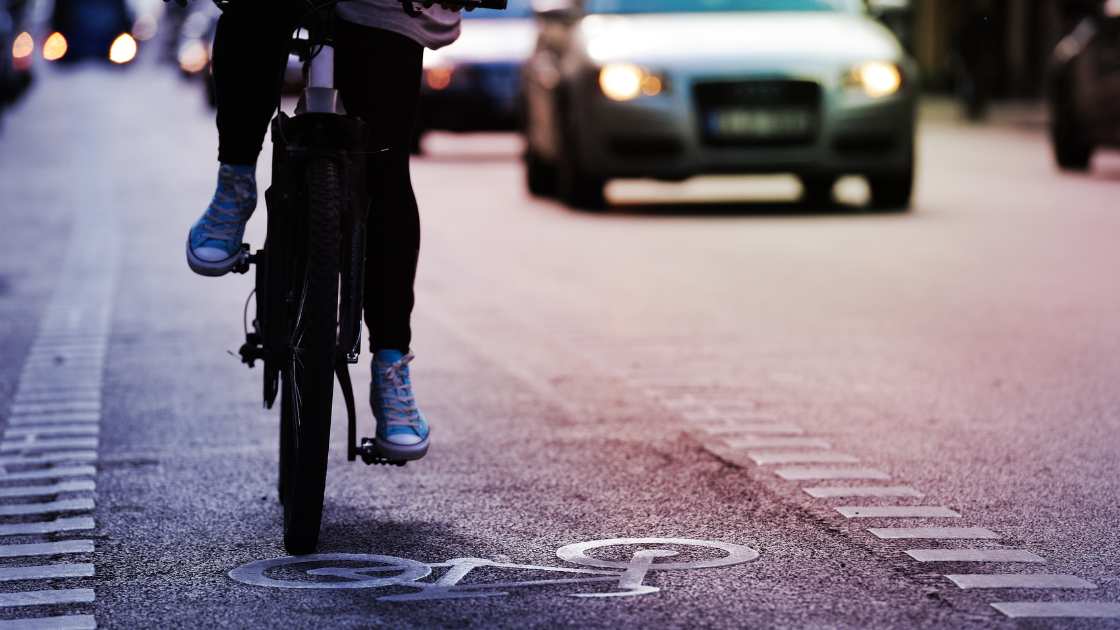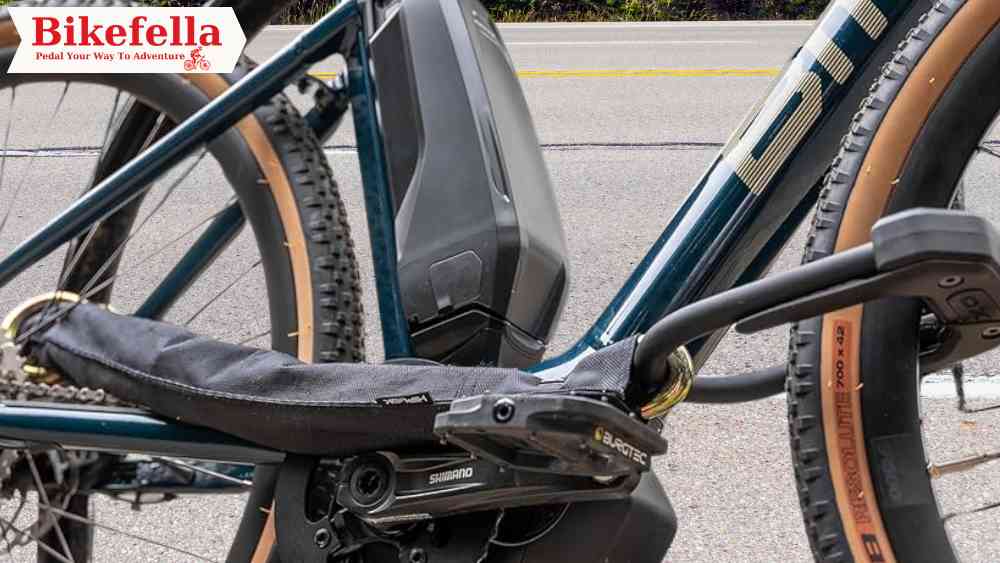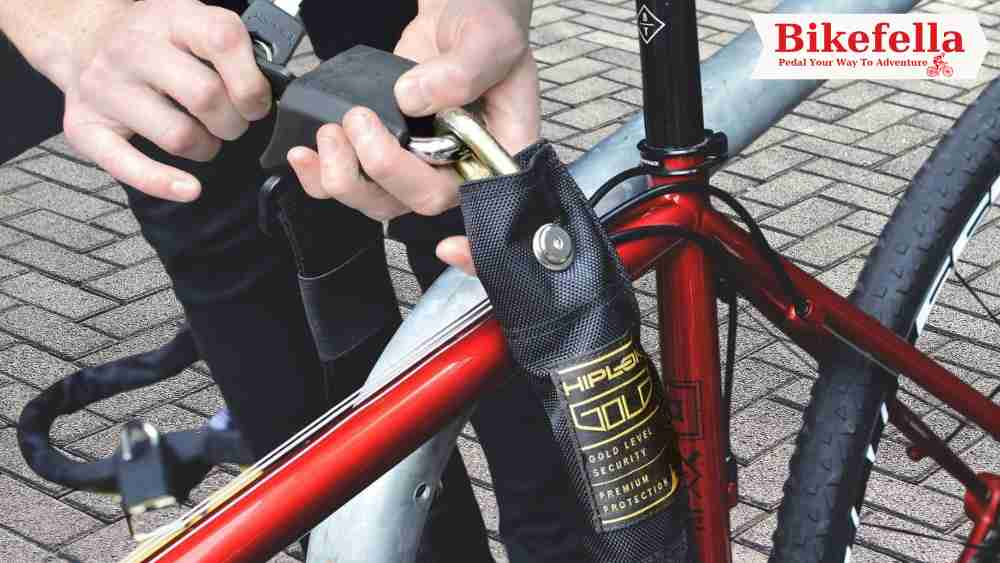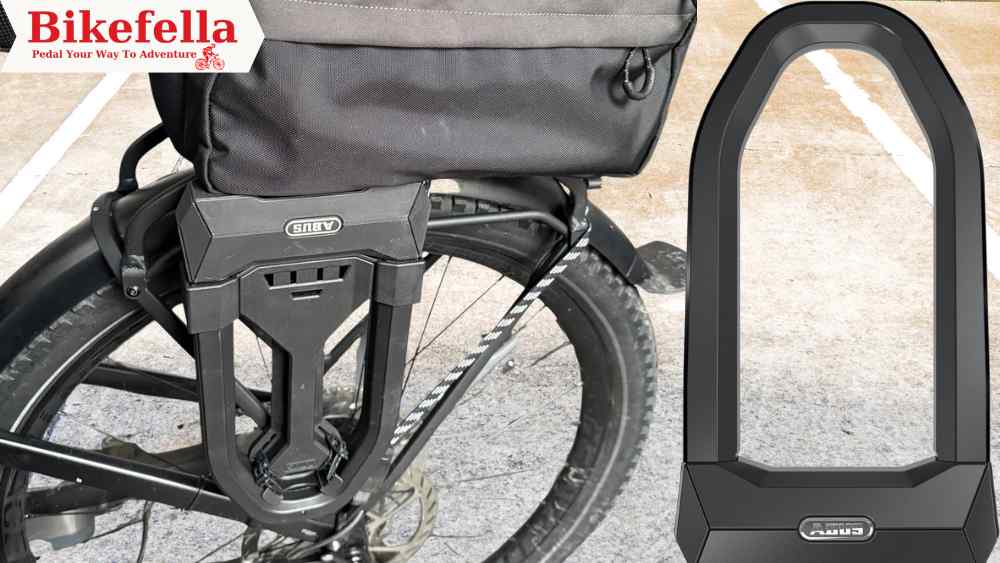Have you ever wondered how far can you drive in a bike lane? The misuse of bike lanes is a common issue, often leading to confusion, fines, and even accidents. Understanding the rules surrounding bike lanes is crucial for both drivers and cyclists to ensure safety and harmony on the roads.
The aim of this article is to shed light on the legalities, implications, and best practices related to driving in bike lanes by the the best bike. By educating ourselves on this topic, we can contribute to a safer and more efficient traffic environment. Whether you’re a driver or a cyclist, knowing the boundaries of bike lane usage is essential.
Bike lanes play a vital role in urban transportation. They provide cyclists with a designated space on the road, helping to reduce accidents and promote cycling as a sustainable mode of transportation. For drivers, respecting bike lanes is not just a legal obligation but a social responsibility that supports safer roads for everyone.
What is a Bike Lane?
A bike lane is a portion of the roadway designated specifically for cyclists. It is usually marked by painted lines, symbols, and signs to distinguish it from regular traffic lanes. Bike lanes come in various forms, each designed to enhance cyclist safety and traffic efficiency.
Different Types of Bike Lanes
Protected Bike Lanes: These lanes are separated from vehicle traffic by physical barriers such as bollards, parked cars, or curbs. Protected the best bike lanes provide a higher level of safety for cyclists by physically preventing vehicles from entering the lane.
Buffered Bike Lanes: These lanes have extra space between the bike lane and the vehicle lane, often marked with painted buffers. Buffered bike lanes offer more protection than standard lanes but less than fully protected lanes.
Shared Lanes: Also known as “sharrows,” shared lanes are not exclusive to cyclists. Instead, they indicate that both cyclists and motorists can use the same lane, typically found on roads with lower traffic volumes and speeds.
Purpose of Bike Lanes
Safety Enhancement: Bike lanes provide a designated space for cyclists, which reduces the likelihood of collisions with motor vehicles. This separation helps prevent accidents and increases the safety of both cyclists and drivers.
Encouragement of Cycling: By offering a safer and more convenient route, bike lanes encourage more people to choose cycling over driving. This can lead to increased physical activity and health benefits for the community.
Traffic Flow Improvement: Bike lanes can help streamline traffic by segregating slower-moving bicycles from faster-moving motor vehicles. This reduces congestion and improves the overall flow of traffic.
Environmental Benefits: Encouraging cycling through the implementation of bike lanes helps reduce carbon emissions and reliance on fossil fuels. This contributes to improved air quality and a reduction in the community’s carbon footprint.
Economic Benefits: Increased cycling can lead to economic benefits such as reduced healthcare costs due to improved public health, and decreased road maintenance costs because bicycles cause less wear and tear compared to motor vehicles. Additionally, more cyclists can mean more business for local shops and restaurants, as cyclists are more likely to stop and visit local establishments.
Accessibility and Equity: Bike lanes make cycling more accessible to a broader segment of the population, including those who cannot afford a car. This promotes social equity by providing a low-cost transportation option.
Urban Livability: Integrating bike lanes into urban planning can enhance the livability of cities. It promotes a more active lifestyle, reduces noise pollution, and creates more opportunities for social interaction.
Legal Framework
General Rules and Regulations
Federal and state laws govern the use of bike lanes, outlining where and when vehicles can enter these spaces. Generally, vehicles are prohibited from driving in bike lanes except under specific circumstances. These rules are designed to protect cyclists and ensure that bike lanes serve their intended purpose.
Common Restrictions on Driving in Bike Lanes
- No Driving in Bike Lanes: In most jurisdictions, it is illegal to drive in a bike lane except when making a turn, entering or leaving the road, or avoiding an obstacle.
- No Parking in Bike Lanes: Vehicles are typically prohibited from parking in bike lanes to keep these lanes clear for cyclists.
- Yielding to Cyclists: When it is necessary to cross or enter a bike lane, drivers must yield to cyclists who are already in the lane.
Exceptions to the Rule
While the rules generally prohibit driving in bike lanes, there are exceptions under specific circumstances. Understanding these exceptions can help drivers comply with the law without compromising safety.
Circumstances Under Which Driving in a Bike Lane is Permissible
- Making a Turn: Drivers are often allowed to enter a bike lane briefly when making a right turn. However, they must ensure that the lane is clear of cyclists and use their turn signals.
- Avoiding Obstacles: If there is an obstruction in the roadway, such as a parked car or debris, drivers may need to enter the bike lane to avoid it. In such cases, they should do so cautiously and yield to any cyclists.
- Entering or Leaving the Road: Vehicles can enter the bike lane when necessary to access driveways or parking spaces. Again, drivers must be vigilant and yield to cyclists.
Detailed Examination of Specific Scenarios
- Turning at Intersections: When turning right at an intersection, drivers should merge into the bike lane well before the turn, checking for cyclists and signaling their intentions. This helps prevent collisions by making the vehicle’s movements predictable.
- Emergency Situations: In emergencies, such as when an ambulance needs to pass, drivers may need to temporarily use the bike lane. However, such situations are rare and should be handled with extreme caution.
Understanding how far can you drive in a bike lane involves knowing both the general rules and the specific exceptions. By following these guidelines, drivers can help maintain the safety and integrity of bike lanes, ensuring they fulfill their purpose of protecting cyclists and promoting efficient traffic flow.
Impact on Driving Record
Violations for driving in a bike lane can affect your driving record, similar to other traffic infractions. Accumulating points on your record can lead to higher insurance premiums and, in severe cases, suspension of your driver’s license. For example, in some states, a bike lane violation can add 1 to 2 points to your driving record, contributing to the total that might trigger higher penalties or mandatory driving courses.
Safety Implications
For Cyclists
When vehicles enter bike lanes improperly, they create significant hazards for cyclists. These hazards include unexpected obstacles, sudden stops, and potential collisions. According to the National Highway Traffic Safety Administration (NHTSA), improper use of bike lanes by vehicles is a contributing factor in a notable percentage of bike-related accidents.
Statistics on Accidents Involving Bike Lanes
Data from the NHTSA shows that in 2019, there were over 800 cyclist fatalities in the United States, with many incidents occurring in urban areas where bike lanes are prevalent. A significant number of these accidents involved motor vehicles encroaching into bike lanes, underscoring the critical need for adherence to bike lane rules.
For Drivers
Driving in bike lanes poses risks not only to cyclists but also to drivers. These risks include the potential for accidents, legal consequences, and the psychological impact of causing harm. Drivers involved in accidents with cyclists can face severe legal repercussions, including charges of reckless driving or vehicular manslaughter in extreme cases.
Best Practices for Drivers
Avoiding Bike Lanes
To avoid bike lanes, drivers should stay vigilant and aware of road markings and signage. Bike lanes are typically marked with clear white lines and bike symbols, making them easily identifiable. Drivers should maintain a safe distance from these markings and avoid drifting into the lanes.
Awareness of Bike Lane Markings and Signage
Understanding the various markings and signs associated with bike lanes is crucial. For example, solid white lines indicate a dedicated bike lane, while dashed lines may indicate areas where vehicles can cross for turning. Recognizing these signs helps drivers stay compliant and aware of where they can and cannot drive.
When Entering a Bike Lane is Necessary
Proper Procedures for Turning or Parking
When entering a bike lane is unavoidable, such as for making a turn or accessing a parking space, drivers should follow these steps:
- Signal Early: Indicate your intention to turn or merge into the bike lane well in advance.
- Check for Cyclists: Look out for cyclists in the bike lane before crossing.
- Merge Gradually: Enter the bike lane smoothly and at a safe speed, minimizing disruption to any cyclists.
Use of Indicators and Checking for Cyclists
Proper use of indicators is essential when entering or crossing a bike lane. Signaling your intentions gives cyclists and other road users time to react. Additionally, always check for cyclists before making any moves that involve a bike lane. Use mirrors and blind spot checks to ensure the lane is clear.
Understanding how far can you drive in a bike lane requires not only knowledge of the legal framework but also an awareness of the potential penalties and safety implications. By following best practices and respecting bike lanes, drivers can help create a safer environment for all road users.
Best Practices for Cyclists
Dealing with Cars in Bike Lanes
Cyclists often encounter vehicles in bike lanes, which can create hazardous situations. When this occurs, cyclists should take certain precautions to maintain their safety:
- Stay Alert: Always be on the lookout for vehicles that might enter the bike lane, especially near intersections and driveways.
- Communicate: Use hand signals to indicate your intentions to drivers and other cyclists. This helps in creating predictability and avoiding sudden movements that could lead to accidents.
- Pass Safely: If a vehicle is obstructing the bike lane, check for traffic and pass it safely by moving into the adjacent lane only when it is safe to do so.
Legal Recourse and Reporting Mechanisms
Cyclists have the right to report vehicles that misuse bike lanes. Many cities have mechanisms for reporting such violations, which can help in enforcing bike lane regulations:
- Document the Violation: Take note of the vehicle’s license plate number, the location, and the time of the incident. Photos or videos can provide concrete evidence.
- Report to Authorities: Use local reporting tools or contact law enforcement to file a report. Some cities have dedicated apps or hotlines for reporting bike lane violations.
Staying Visible
Visibility is crucial for cyclist safety, especially in areas where vehicles might encroach on bike lanes. Here are some tips to enhance visibility:
- Wear Bright Clothing: High-visibility clothing, especially during low-light conditions, helps drivers see cyclists from a distance.
- Use Lights and Reflectors: Equip your bike with front and rear lights, and use reflectors to make yourself more visible at night.
- Signal Your Movements: Use hand signals to indicate turns and stops, making your actions more predictable to drivers.
Importance of Signaling and Awareness
Consistent signaling helps in maintaining clear communication with drivers. Cyclists should signal their turns, stops, and lane changes well in advance to give drivers time to react. Awareness of surroundings, including road conditions and traffic behavior, is also essential for making informed and safe decisions on the road.
Technological Aids
Apps and Devices
Technology can play a significant role in enhancing safety for both drivers and cyclists. Various apps and devices are designed to facilitate better road-sharing practices:
- Navigation Apps: Apps like Google Maps now include bike-friendly routes, helping cyclists find safer paths. These apps can also alert drivers to the presence of bike lanes.
- Cycling Safety Apps: Apps allow cyclists to report hazards and incidents, helping to create a community-driven safety map.
- Wearable Devices: Smart helmets and lights that signal turns and braking can increase visibility and communication with drivers.
Future Innovations
Emerging technologies hold promise for further enhancing bike lane safety and road-sharing efficiency:
- Autonomous Vehicles: As self-driving cars become more common, they are being programmed to recognize and respect bike lanes, reducing the risk of human error.
- Smart Infrastructure: Innovations like smart traffic lights and connected roadways can improve communication between vehicles and cyclists, ensuring safer interactions.
- Augmented Reality (AR): AR devices for cyclists can provide real-time information on road conditions, hazards, and navigation, enhancing situational awareness.
Conclusion
Understanding how far can you drive in a bike lane is crucial for maintaining road safety and harmony between cyclists and drivers. By adhering to legal guidelines, being aware of penalties, and following best practices, both drivers and cyclists can contribute to a safer and more efficient traffic system.
Technological advancements will continue to play a vital role in supporting these efforts, making our roads safer for everyone.
Together, through informed and considerate behavior, we can promote a culture of safety and respect on the road, ensuring that bike lanes fulfill their intended purpose of protecting cyclists and facilitating smooth traffic flow.










Leave a Reply